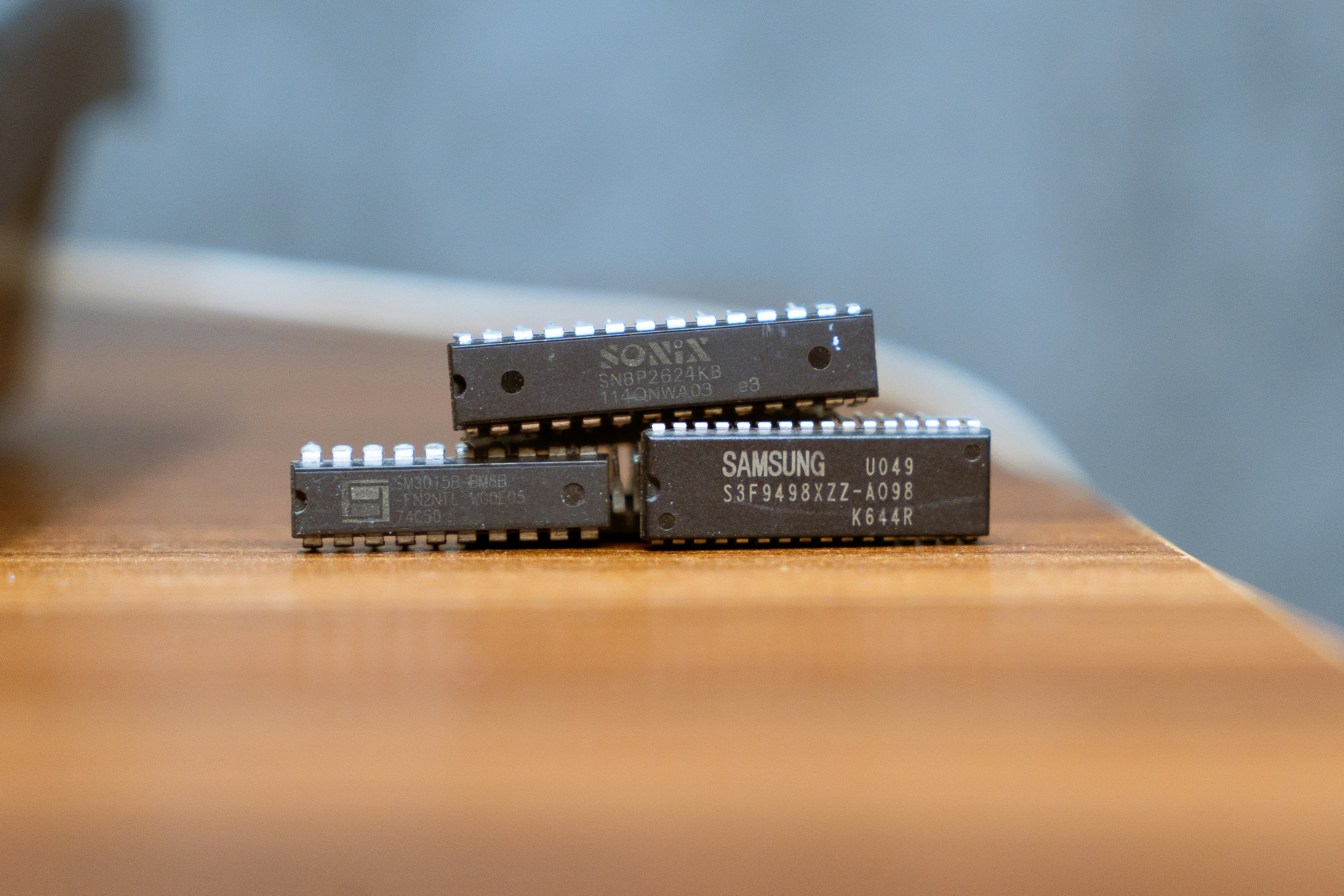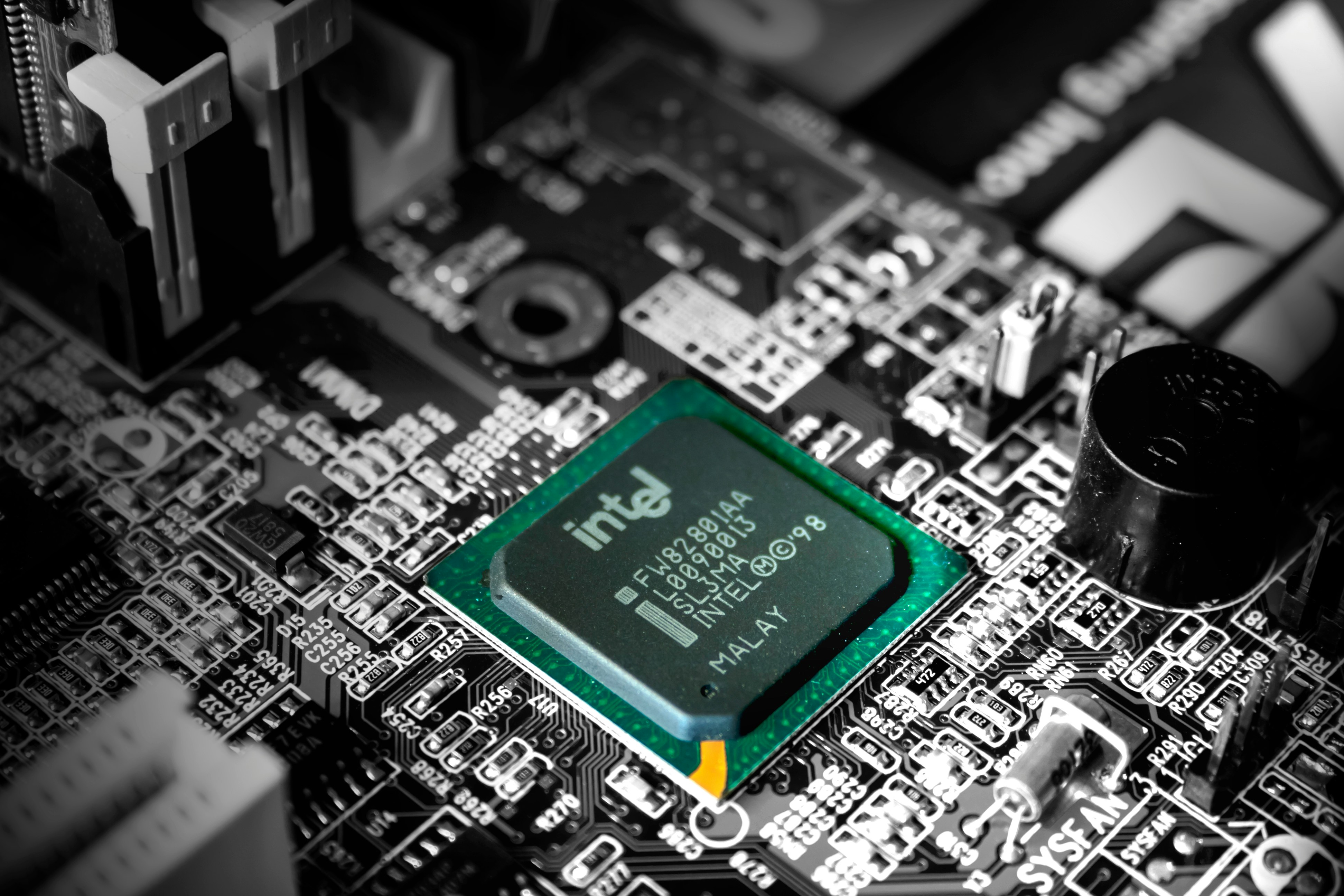
The Best Free Tools & Platforms to Practise Semiconductor Skills in 2025/26
Semiconductors are at the heart of modern technology. From the processors in your smartphone to the power electronics that drive electric vehicles, semiconductors enable the digital world. They are at the heart of computing, communications, renewable energy, and advanced manufacturing.
For students, graduates, and career changers in the UK, the semiconductor industry offers outstanding opportunities. But employers expect more than theoretical knowledge. They want candidates who can model devices, simulate circuits, verify layouts, and understand how design choices impact performance.
The challenge? Many professional semiconductor design tools are expensive, costing thousands of pounds for a licence. But the good news is that there are a number of free and open-source tools that allow you to practise key semiconductor skills — from device physics to circuit design and layout — entirely without cost.
This article explores the best free tools and platforms to practise semiconductor skills in 2025. Each tool is explained, along with the skills it helps you develop, project ideas you can try, and how these can be turned into portfolio work that UK employers will value.
Why Practising Semiconductor Skills Matters
The semiconductor industry is highly practical. Understanding equations for drift-diffusion or memorising Moore’s Law will only get you so far. Employers want to see that you can apply that knowledge in real workflows.
By practising with free tools, you can:
Explore device physics in practice — simulate MOSFETs, BJTs, or compound semiconductors and observe current–voltage characteristics.
Experiment with process changes — doping, oxide thickness, or channel length — and see how performance is affected.
Design and verify circuits — model analogue or mixed-signal circuits at the transistor level.
Work with industry-standard concepts — such as SPICE simulation, EDA workflows, and layout verification.
Showcase projects — portfolio simulations and designs make you more attractive to employers.
Hands-on skills are essential in a sector where detail, accuracy, and real-world constraints define success.
Free Tools for Device Modelling & TCAD
Technology Computer-Aided Design (TCAD) tools let you simulate semiconductor devices at the physics level. While commercial TCAD packages are costly, several free options are excellent for practice.
1. DEVSIM
An open-source semiconductor device simulator, DEVSIM is a great entry point for TCAD.
Models drift-diffusion transport in 2D and 3D.
Lets you explore doping profiles, current–voltage curves, and device scaling.
Python scripting support for workflow automation.
Use Case: Practise simulating a MOSFET and compare threshold voltages for different oxide thicknesses.
2. Charon
Developed by Sandia National Laboratories, Charon is a high-fidelity semiconductor device simulator.
Designed for advanced research simulations.
Scales well to large and complex problems.
Good for exploring physics beyond the basics.
Use Case: Practise modelling compound semiconductors or devices with more advanced physics.
3. Genius-TCAD-Open
Cogenda released an open version of their Genius TCAD simulator.
Provides 2D semiconductor device simulation.
Includes a wide range of material models.
Useful for learning drift-diffusion and device structures.
Use Case: Build a 2D cross-section of a diode and simulate its IV characteristics.
4. GNU Archimedes
GNU Archimedes is a Monte Carlo simulator for semiconductors.
Simulates electron transport in silicon and III-V devices.
Free and open-source.
Good for understanding transport physics.
Use Case: Practise simulating nanoscale transport effects in GaAs transistors.
5. GSS TCAD 2D
Though older, GSS TCAD remains a useful educational tool.
2D drift-diffusion and hydrodynamic models.
Ideal for learning the basics of device simulation.
Use Case: Model a simple bipolar junction transistor (BJT) and explore current gain.
Free Circuit-Level Simulation Tools
Device modelling is only half the story. Circuits are what make semiconductors useful. Free SPICE-based tools let you practise designing and testing transistor-level circuits.
6. Ngspice
Ngspice is one of the most popular free SPICE simulators.
Analogue, digital, and mixed-signal circuits.
Includes a wide library of device models.
Used widely in education and open-source projects.
Use Case: Design and simulate a CMOS inverter and measure propagation delay.
7. Verilator
Verilator is an open-source tool for simulating Verilog hardware descriptions.
Converts Verilog into cycle-accurate models.
Ideal for ASIC and FPGA verification.
Runs faster than many traditional simulators.
Use Case: Practise verifying digital logic designs before hardware implementation.
8. Open Circuit Design Tools (Magic, Netgen, etc.)
The Open Circuit Design suite provides free EDA tools.
Magic: Layout editor for IC mask design.
Netgen: Netlist comparison and verification.
IRSIM: Switch-level simulator.
Use Case: Create and verify layouts for simple CMOS circuits.
Free Tools for Advanced & Emerging Semiconductor Areas
Semiconductors aren’t just about silicon CMOS. Free tools let you explore advanced areas like nanoscale devices, photonics, and quantum effects.
9. NanoTCAD ViDES
NanoTCAD ViDES is an academic tool for nanoscale device simulation.
Uses Non-Equilibrium Green’s Function (NEGF) methods.
Models devices with quantum effects.
Useful for graphene, nanotubes, and new materials.
Use Case: Simulate a carbon nanotube transistor and study its IV curve.
10. Meep
Meep is a free electromagnetic simulator.
Models wave propagation in materials.
Useful for photonic and optoelectronic devices.
Open-source and well-documented.
Use Case: Practise designing a photonic crystal waveguide.
Project Ideas for a Semiconductor Portfolio
Employers love to see evidence of applied skills. Here are portfolio-ready projects you can try:
MOSFET Scaling StudyUse DEVSIM to simulate MOSFETs with different gate lengths and analyse threshold voltage variation.
CMOS Inverter DesignUse Ngspice to design a CMOS inverter, measure its switching speed, and compare results with theory.
Layout and VerificationUse Magic to create the layout of a basic NAND gate and verify it with Netgen.
Nano Device SimulationUse NanoTCAD ViDES to model a graphene nanoribbon transistor and compare its behaviour to silicon MOSFETs.
Photonic Crystal ProjectUse Meep to simulate light propagation in a photonic crystal and present results visually.
Document each project carefully with simulation parameters, graphs, and analysis. Upload your work to GitHub or include it in a PDF portfolio to impress employers.
Learning Resources & Free Courses
Alongside software, there are free learning resources to support your practice:
University lecture notes and textbooks available online.
MOOCs on semiconductor device physics and circuit design.
YouTube tutorials for Ngspice, Magic, and TCAD basics.
Community forums around each open-source project.
Communities & Collaboration
The open-source semiconductor community is growing. Joining forums, contributing to projects, or simply sharing your results helps you learn faster.
Participate in Ngspice and Magic mailing lists.
Explore GitHub repositories for semiconductor tools.
Connect with UK semiconductor societies and LinkedIn groups.
Attend online workshops or hackathons focused on open-source EDA.
Roadmap: How to Learn with Free Semiconductor Tools
Beginner Stage
Learn basic device physics.
Use GSS TCAD or DEVSIM to simulate diodes and MOSFETs.
Intermediate Stage
Use Ngspice to design CMOS circuits.
Practise layout and verification with Magic.
Advanced Stage
Explore nanoscale devices with NanoTCAD ViDES.
Simulate optoelectronic components with Meep.
Experiment with Verilator for digital verification.
Portfolio Building
Document projects.
Share results online.
Highlight both technical skills and analysis.
Final Thoughts
Semiconductors are at the core of our digital society. Building a career in this sector requires not only theoretical knowledge but also practical skills in simulation, modelling, and design.
Thanks to free tools like DEVSIM, Ngspice, Magic, Verilator, NanoTCAD ViDES, and Meep, you don’t need expensive licences to start practising. You can model devices, simulate circuits, design layouts, and even explore nanoscale physics entirely for free.
By using these platforms, creating projects, and building a portfolio, you’ll develop the skills UK employers are looking for in 2025 and beyond. The semiconductor industry is growing fast — and with these tools, you can position yourself to be part of its future.
So download one today, start experimenting, and take your first steps towards a career in semiconductors.


